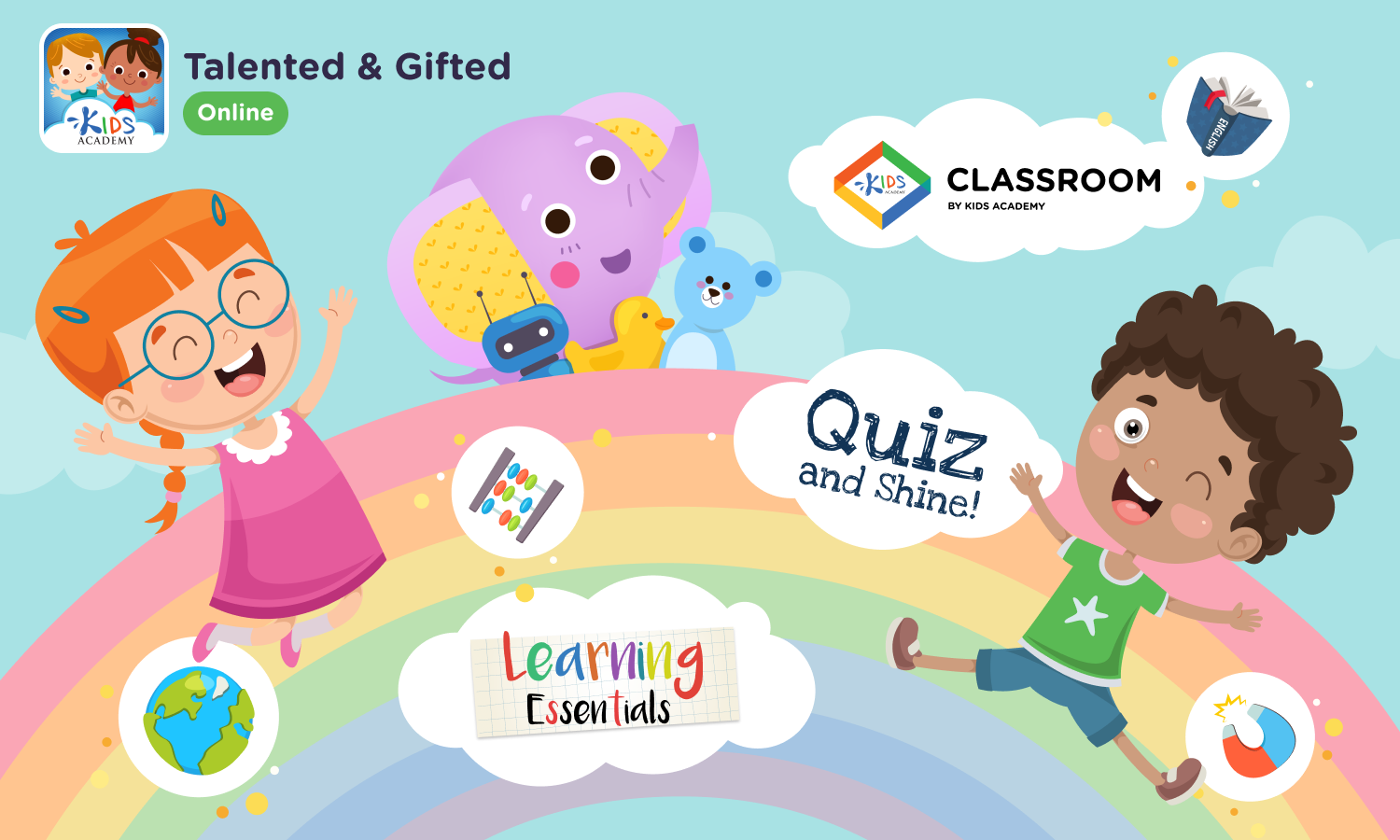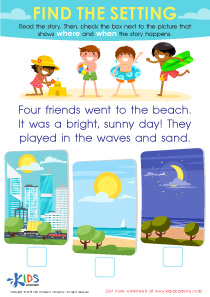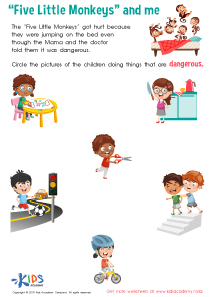Color recognition Easy Reading Worksheets for 6-Year-Olds
12 filtered results
-
From - To
Discover our "Color Recognition Easy Reading Worksheets for 6-Year-Olds" and make learning fun and exciting. Specially designed for young readers, these worksheets help children identify and match colors effortlessly. They combine vibrant visuals with simple exercises to enhance reading and cognitive skills. Perfect for home or classroom use, they support early literacy development while engaging and entertaining young minds. Each worksheet reinforces color concepts through enjoyable activities, boosting confidence and fostering a love for learning. Available for free download, give your child the colorful head start they deserve using our effective and delightful resources!


Red and Blue Coloring Fun Worksheet


Yellow and Green Coloring Fun Worksheet


Little Blue Belle Worksheet


Baby Pandas Worksheet


Purple and Orange Coloring Fun Worksheet
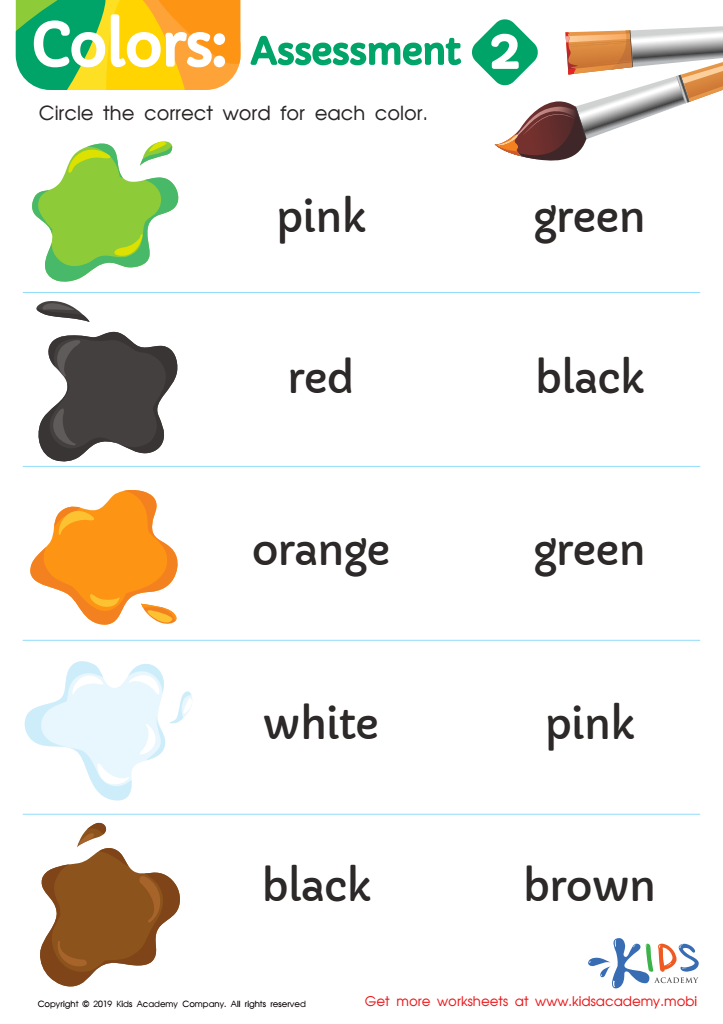

Colors: Assessment 2 Worksheet


Colors: Assessment 1 Worksheet
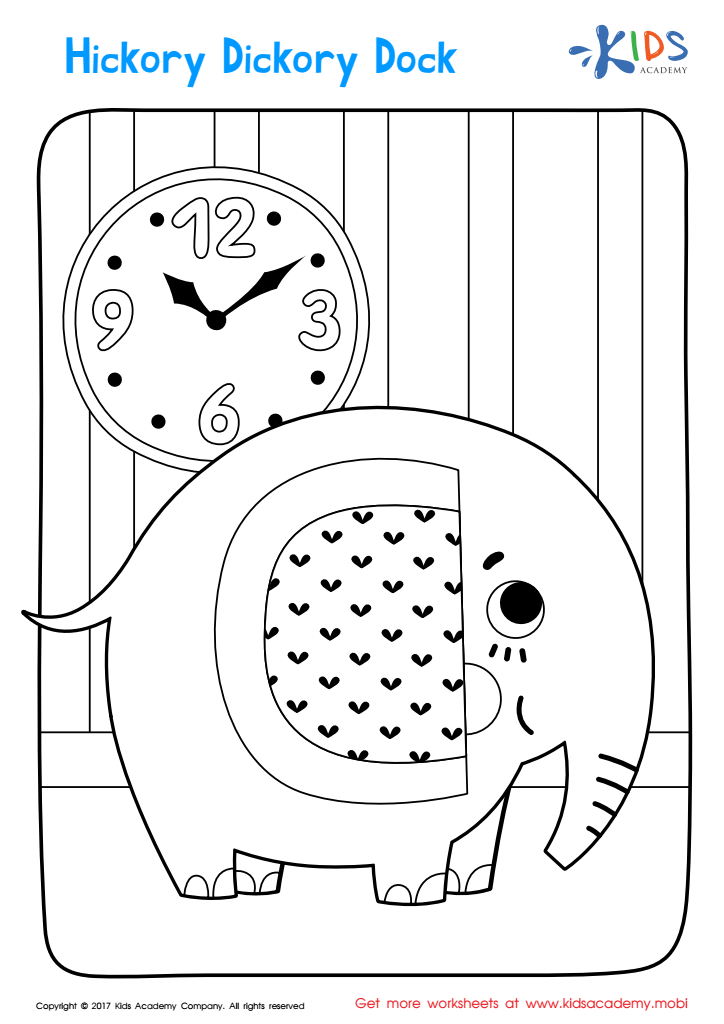

Hickory Dickory Dock Coloring Page
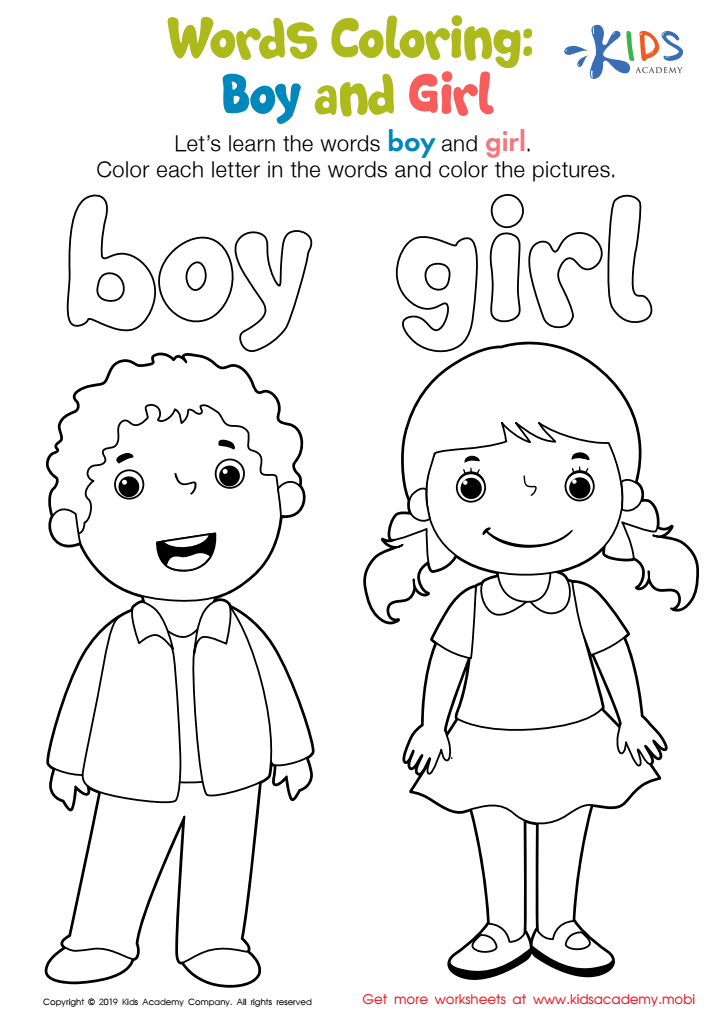

Boy and Girl Words Coloring Worksheet


Tired and Worried Words Coloring Worksheet
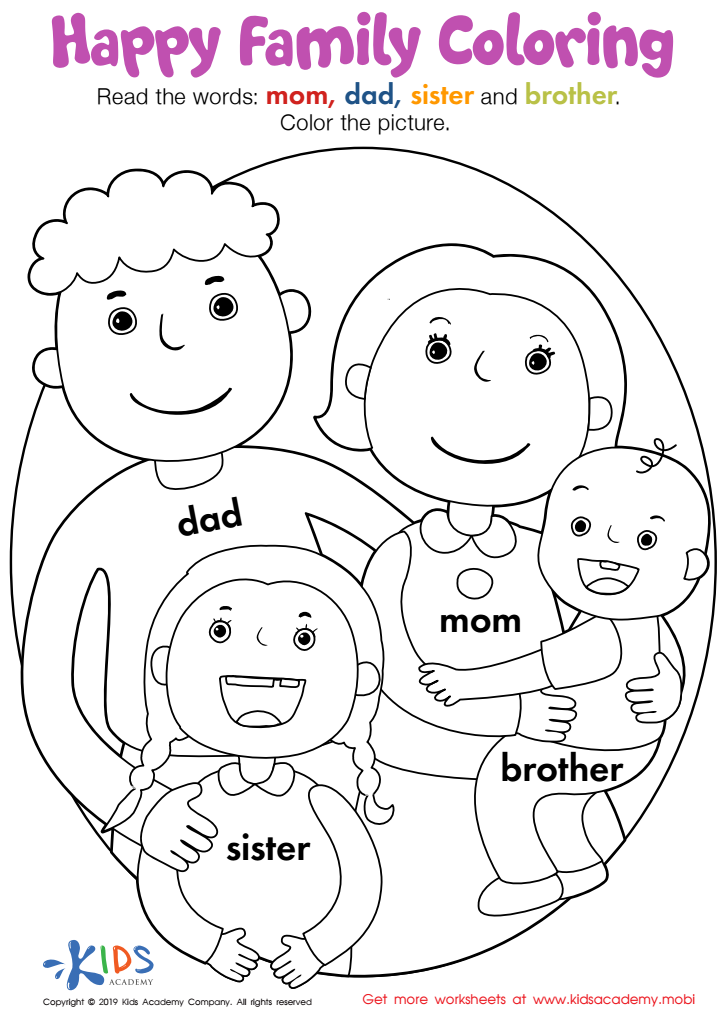

Happy Family Coloring Worksheet
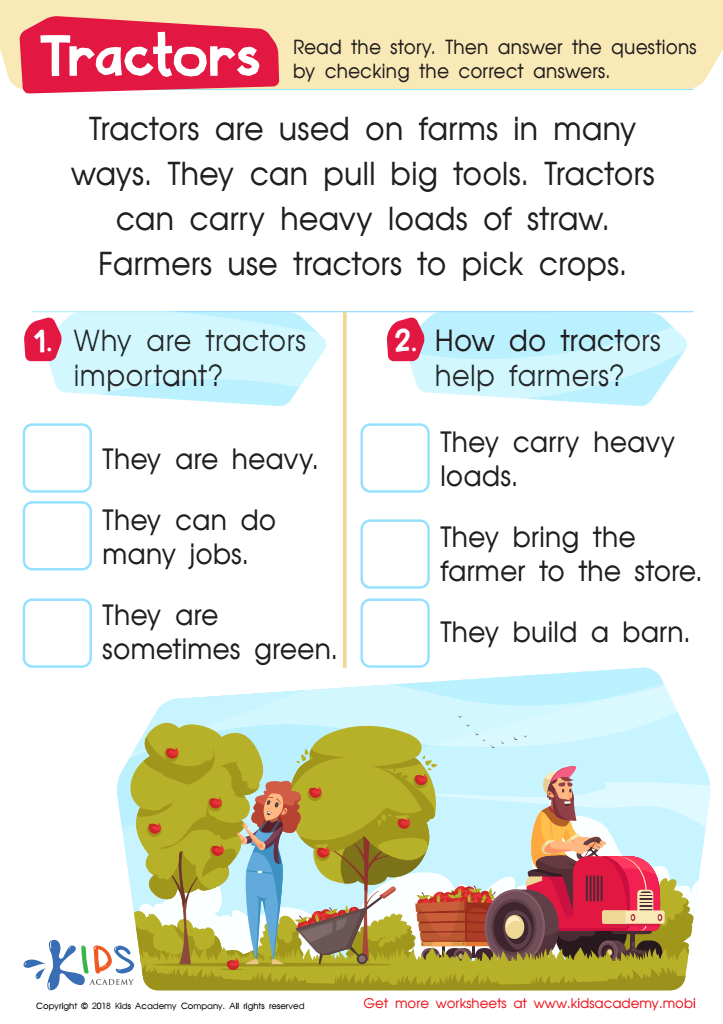

Tractors Worksheet
Color recognition is an essential skill for 6-year-olds, acting as a foundational building block for a wide array of cognitive and developmental benefits. When children learn to identify and name colors, they enhance their visual perception, which is crucial not just for everyday interactions but also for future learning experiences. This skill helps them make sense of their surrounding environment, facilitating better communication about what they see.
Reading activities that incorporate colors can make learning to read more engaging and enjoyable. For instance, using colorful books or color-coding words can help children make connections between objects and their descriptions, reinforcing their vocabulary. This multi-sensory approach keeps them interested, thereby increasing both attention span and retention of information.
Furthermore, teaching color recognition promotes critical thinking and problem-solving skills. Identifying colors is often the first step towards categorization and comparison, which are fundamental cognitive skills. For example, when sorting colored objects, a child is practicing classification, an early math and science skill.
Both parents and teachers play pivotal roles in nurturing this skill. By integrating color recognition into daily activities, such as reading sessions, games, and art projects, adults can create a rich, supportive environment that stimulates a child's learning and development at this crucial age.

 Assign to My Students
Assign to My Students





